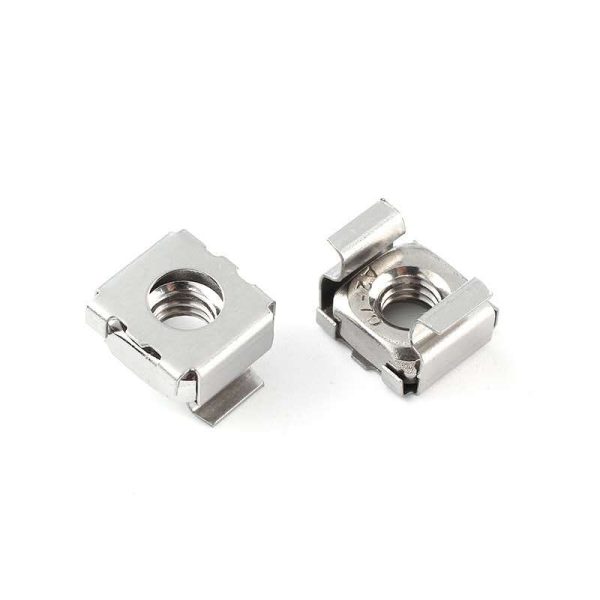
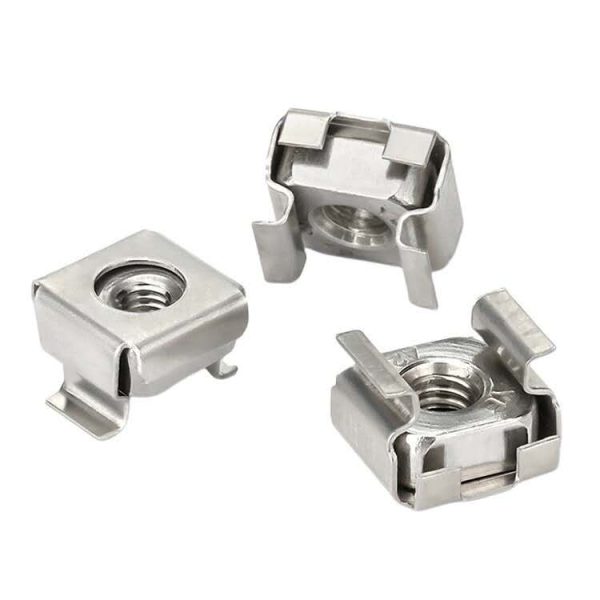




Stainless Steel Snap in Nuts Thread Zinc Plated Square Cage Nut for Cabinet
0 out of 5
Stainless Steel Snap in Nuts Thread Zinc Plated Square Cage Nut for Cabinet
Category: Machined Nuts
Tags: 1 4 20 cage nuts, 10 32 cage nuts, 3 8 cage nuts, 5 16 cage nuts, cage nuts, cage nuts m5, cage nuts m8, cage nuts rack, CNC Machined Nuts, CNC Machining Nuts, floating cage nuts, m4 cage nuts, m6 cage nuts, m8 snap in nuts, Machined Nuts, Machining Nuts, metal snap in nuts, rack mount cage nuts, snap in nut, snap in nuts, Special Nuts, square cage nut, square cage nuts, square snap in nuts, stainless steel cage nuts, weld on cage nuts
- Description
- Reviews (0)
Description
What Are Stainless Steel Snap In Nuts?
Stainless steel snap in nuts are specialized fasteners designed for quick and secure installation in thin panels, sheets, or enclosures without requiring additional tools or threaded inserts. These nuts feature spring-loaded tabs or retaining legs that “snap” into pre-drilled holes, creating a firm, vibration-resistant grip. Once installed, they provide a durable threaded anchor for screws or bolts, making them ideal for applications where disassembly and reassembly are frequent.
Unlike traditional nuts, snap-in nuts eliminate the need for welding, riveting, or threading into the base material, saving time and labor costs. Their stainless steel construction ensures excellent corrosion resistance, making them suitable for harsh environments.
Materials for Stainless Steel Snap In Nuts
Stainless steel snap in nuts are primarily made from the following grades:
AISI 304 (18-8 Stainless Steel) – The most common grade, offering good corrosion resistance and affordability. Suitable for indoor and mildly corrosive environments.
AISI 316 (Marine-Grade Stainless Steel) – Enhanced resistance to saltwater, chemicals, and extreme temperatures, making it ideal for marine, chemical, and outdoor applications.
AISI 410 (Martensitic Stainless Steel) – Higher strength and moderate corrosion resistance, often used in industrial machinery.
AISI 303 (Free-Machining Stainless Steel) – Improved machinability for complex designs but slightly reduced corrosion resistance compared to 304.
Surface Finishes
To enhance performance and durability, stainless steel snap in nuts may undergo the following treatments:
Passivation – Removes surface iron contaminants and improves corrosion resistance.
Electropolishing – Creates a smooth, ultra-clean surface for high-purity applications (e.g., medical or food processing).
Zinc-Nickel Plating (Optional Hybrid Coating) – Adds extra corrosion protection for extreme environments.
Bead Blasting – Provides a uniform matte finish for aesthetic purposes.
Specifications & Sizes
Stainless steel snap in nuts come in various configurations to fit different panel thicknesses and screw sizes:
Thread Sizes: Common sizes include M3, M4, M5, M6, #6-32, #8-32, #10-24, and 1/4″-20.
Panel Thickness Range: Typically 0.5mm to 3mm, with some heavy-duty versions supporting thicker materials.
Retention Mechanism:
Spring-Loaded Tabs – Flex inward during insertion and lock into place.
Barbed Legs – Dig into the material for a permanent hold.
Standards: DIN 929, ISO 7040, or custom OEM specifications.
Applications
Stainless steel snap in nuts are widely used in industries requiring secure, removable fastening solutions:
Electronics & Appliances – Securing circuit boards, control panels, and enclosures.
Automotive & Aerospace – Fastening interior trim, dashboards, and lightweight panels.
Medical Equipment – Used in devices requiring frequent sterilization and reassembly.
Marine & Offshore – Resistant to saltwater corrosion in boat fittings and deck hardware.
Industrial Machinery – Quick-access panels and maintenance covers.
HVAC & Plumbing – Fastening ductwork, vents, and fixtures in corrosive environments.
Excellent Case: Modular Cleanroom Wall Panels
Challenge:
A biotech company needed a fastening solution for modular cleanroom panels that could withstand frequent disinfection with harsh chemicals while allowing easy access for maintenance. Traditional bolts and nuts were time-consuming to remove and prone to corrosion.
Solution:
The company adopted AISI 316 stainless steel snap-in nuts for the following reasons:
Quick Installation & Removal – Reduced assembly time by 60% compared to threaded inserts.
Chemical Resistance – Withstood daily cleaning with bleach and alcohol-based disinfectants.
Vibration Resistance – Locking tabs prevented loosening from equipment vibrations.
Results:
40% Faster Maintenance Turnarounds due to tool-free panel removal.
Zero Corrosion Failures after 2+ years in a high-humidity cleanroom.
Cost Savings by eliminating the need for separate washers and locknuts.
This case highlights how stainless steel snap-in nuts improve efficiency and reliability in critical environments.
Conclusion
Stainless steel snap in nuts offer a perfect blend of durability, corrosion resistance, and ease of installation for applications requiring secure yet removable fastening. Their versatility makes them indispensable in electronics, medical, marine, and industrial sectors where traditional nuts fall short. By choosing the right material and finish, engineers can ensure long-term performance even in the harshest conditions.

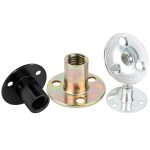
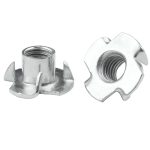



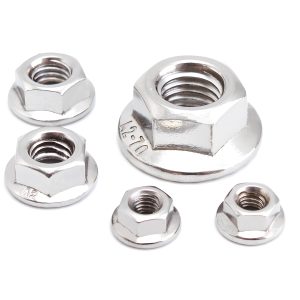
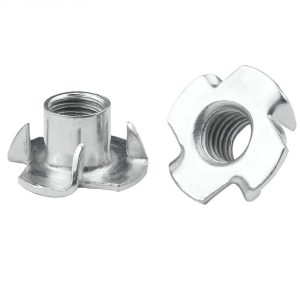
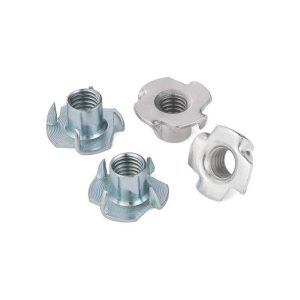

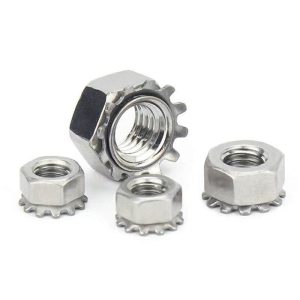
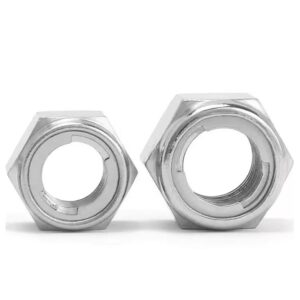
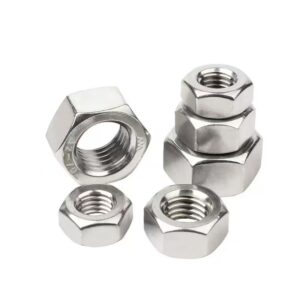
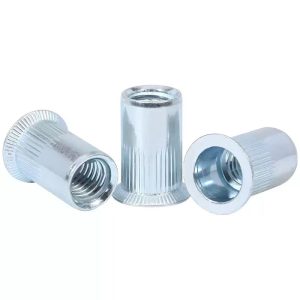

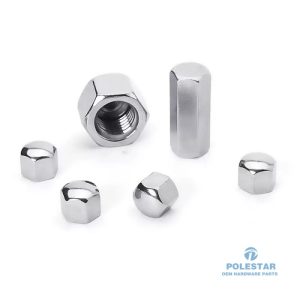
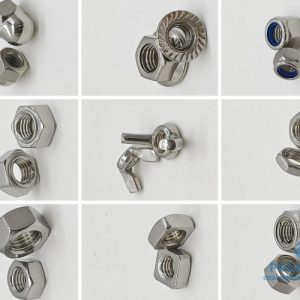
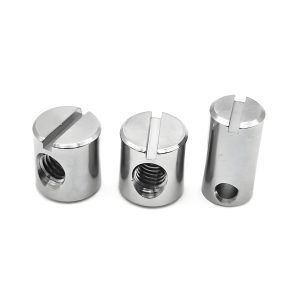

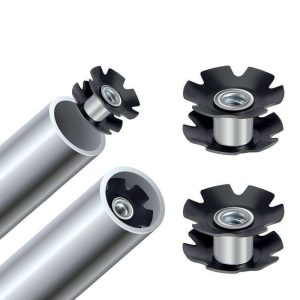



Reviews
There are no reviews yet.